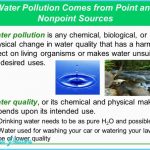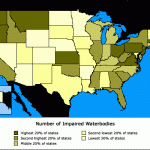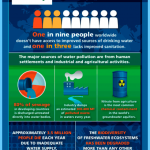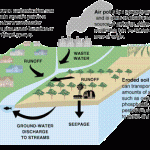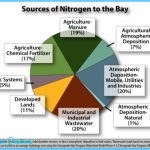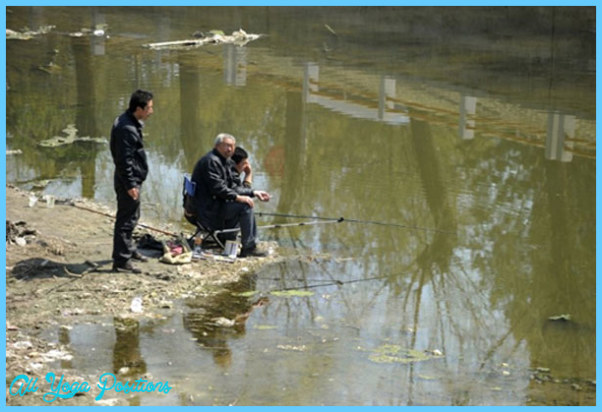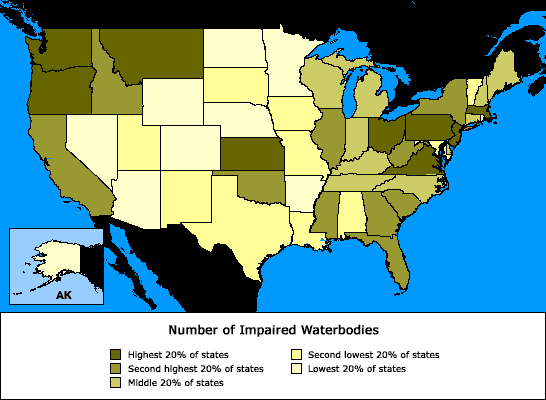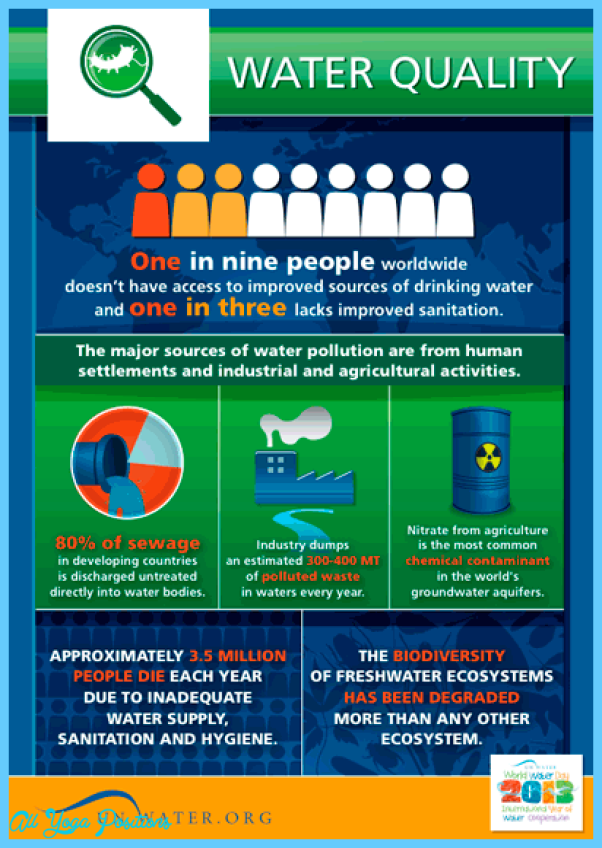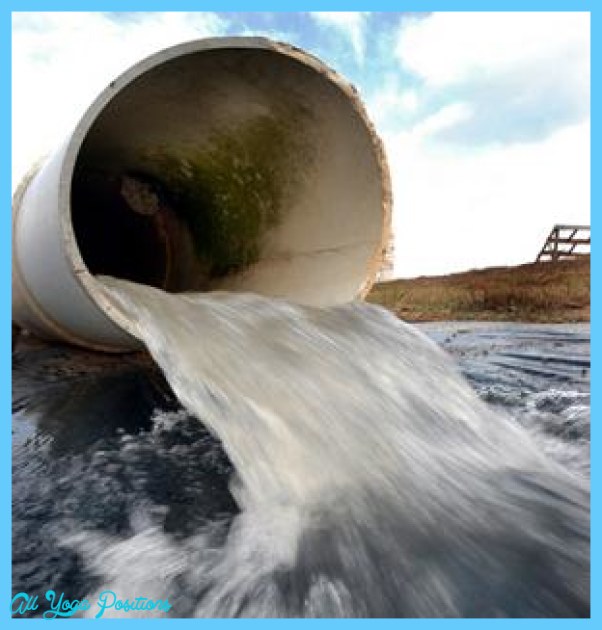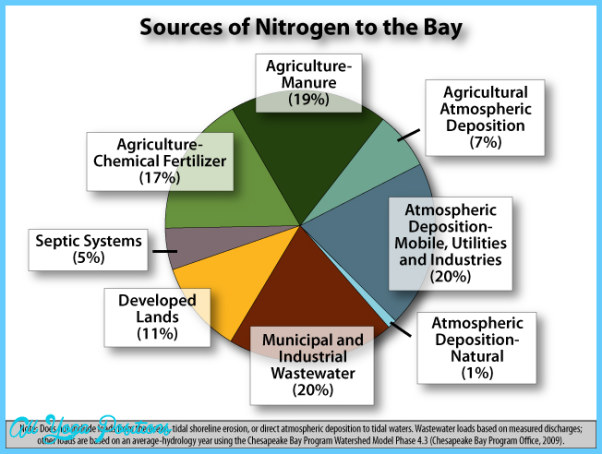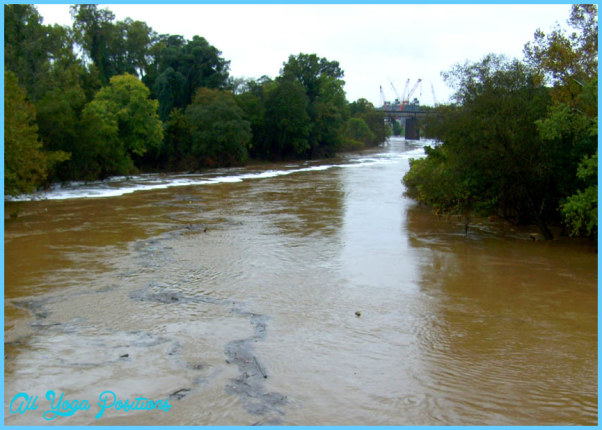WATER QUALITY AND POLLUTION
Few parts of the world have enough safe, clean drinking water, and yet few things are as important to human health.
Fluoridation The addition of fluoride to the water supply to reduce tooth decay.
Septic system A self-contained sewage disposal system, often used in rural areas, in which waste material is decomposed by bacteria.
Heavy metal A metal with a high specific gravity, such as lead, copper, or tin.
Polychlorinated biphenyl (PCB) An industrial chemical used as an insulator in electrical transformers and linked to certain human cancers; banned worldwide since 1977 but persistent in the environment.
WATER QUALITY AND POLLUTION Photo Gallery
Water Contamination and Treatment
Many cities rely at least in part on wells that tap local groundwater, but often it is necessary to tap lakes and rivers to supplement wells. Because such surface water is more likely to be contaminated with both organic matter and pathogenic microorganisms, it is purified in water treatment plants before being piped into the community. At treatment facilities, the water is subjected to various physical and chemical processes, including screening, filtration, and disinfection (often with chlorine), before it is introduced into the water supply system. Fluoridation, a water-treatment process that reduces tooth decay by 15-40%, has been used successfully in the United States for more than 60 years.
In most areas of the United States, water systems have adequate, dependable supplies, are able to control waterborne disease, and provide water without unacceptable color, odor, or taste. However, problems do occur. In 1993, more than 400,000 people became ill and 100 died when Milwaukee’s drinking water was contaminated with the bacterium Cryptosporidium. The Centers for Disease Control and Prevention (CDC) estimate that 1 million Americans become ill and 900-1000 die each year from microbial illnesses from drinking water. Pollution by hazardous chemicals from manufacturing, agriculture, and household wastes is another concern. (Chemical pollution is discussed later in the chapter.) Worldwide, 1.6 million people, mostly children, die from water-related diseases each year.


